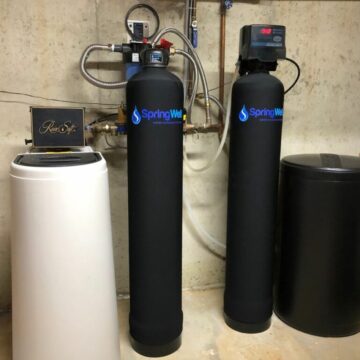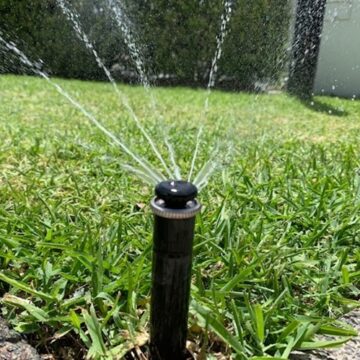The phrase “foundation repair” refers to various services that improve the structure and stability of foundation walls or footings. Because foundation damage can be caused by various issues, like settlement, plumbing leaks, or poor construction. Waterproofing is an important part of foundation restoration.
Waterproofing simply refers to the methods and materials used to keep water out of a house or building’s basement. Although it may be a preventative measure against water intrusion on a standard foundation, it is usually done as part of the foundation repair procedure. Read on to learn more about foundation repair & basement waterproofing.
Different Types of Basement Waterproofing Methods
● Interior Sealants
The most common entrance points for seepage in poured concrete foundations are cracks and pipe penetrations. These openings can be closed from the inside. Epoxies or urethanes, which are strong adhesives, can be pressure injected into the holes, penetrating the foundation to the exterior and blocking the seepage passage. Interior sealers help prevent excessive ambient humidity from penetrating porous brickwork and causing spalling within the basement. The goal of interior sealants is to maintain the basement’s ambient humidity at a minimum. Waterproofing your basement using internal sealants prevents moisture from being absorbed by the basement walls and flooring and moisture from overflowing into other areas of the house.
● Interior Drainage
The drainage system here helps divert water away from the home foundation’s footers and below the basement floor, preventing water from gathering in your basement. Besides the foundation footers, creating a channel around the basement perimeter is a systematic method for draining water that has invaded the basement. A French drain, PVC pipe, or a proprietary drainage system is placed in the freshly created channel. The drain that has been built is covered with cement.
● Foundation Crack Injections
When poured concrete foundations crack due to settling or concrete expansion and contraction, foundation crack injections are employed. Epoxy crack injections are commonly utilized for structural objectives, whereas hydrophobic or hydrophilic polyurethane injections are generally used to seal cracks and prevent moisture or water entry. The problem can be solved by injecting sealant into the fracture cavity, which can be done from the inside with minimum damage. Our method entails drilling a series of holes every 6 – 8 inches along the crack’s length. Each access hole is 3/8′′ in diameter, perpendicular to the crack flow, and angled at 45 degrees to ensure the most efficient sealant dispersion.
● Exterior Basement Waterproofing
The outside basement waterproofing method coats the outer basement walls with polymers and membranes to prevent water from causing serious structural damage to the structure. Polymer-based products are built to last a lifetime and are unaffected by soil pH. Polymer-based waterproofing compounds may be sprayed directly onto a wall, cure quickly, and are semi-flexible enough to allow some substrate movement.
● Interior Basement Waterproofing
Interior basement waterproofing using coatings is effective when condensation is the predominant source of moisture. It also works if the problem is caused by slight wetness. Installing a drainage system is the most challenging component of indoor waterproofing. Several methods and materials may be used. A French drain with a sump pump, rubber walls, water weeping tiles, and a drainage membrane is a suitable option. Water may flow freely without causing harm to the walls using this approach.
Different Basement Waterproofing Products
Different waterproofing technologies have evolved in response to increased demand. Companies are now concentrating on new technologies to meet the increased demand for basement waterproofing. The following are some of the most often used systems:
- Waterproof seal
- Polymer Modified Bitumen Coating
- EPDM waterproofing membrane
- Cementitious coating
How to Know if the Basement Needs Waterproofing?
Contact a waterproofing specialist right once if you observe any of the following eight indicators in your home:
- If there is a pool of water in the basement
- Stains on the floor or the walls caused by water
- Leaks from the floor or the walls
- Condensation on windows or doors in the basement
- Doors that have swelled or are distorted
- The stench of moisture in-home atmosphere
- visible molds and mildews
- Cracks on the floor or the walls
Verdict
According to Homeadvisor, the average cost of foundation repair is $4,745 for most households. Minor cracks can cost as little as $500, while major repairs including hydraulic piers might cost $10,000 or more. The average homeowner spends between $2,145 and $7,509 on their property, this is not written in concrete as it is subjected to change.
The manner and kind of basement construction, the depth below ground, and the intended end use will influence the waterproofing solution used. Water leaks can result in serious issues and pricey repairs when keeping your basement safe; several variables are considered. While every scenario is different, prevention is always preferable to repair. Make an appointment with a professional and secure that basement of yours today.
















